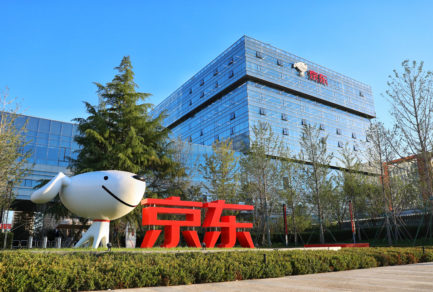Jul 7, 2020|
Jon Liao and Bowen Zhou: What it Means for JD to Be a Tech Company
by Vivian Yang
On the occasion of the company’s secondary listing on Hong Kong Stock Exchange on June 18th , Dr. Jon Liao, JD’s Chief Strategy Officer, and Dr. Bowen Zhou, Chair of JD Technology Committee and President of JD Cloud & AI shared on JD’s technological pursuits in several media interviews.
The line between retail and technology is blurred as consumption becomes increasingly digitalized. Since 2017, JD.com has made long strides in transitioning to becoming a tech company
In the past two years, technology has been mentioned constantly in the company’s strategies, vision, mission, culture and business positioning.
JD’s “ABCDE” Technology Strategy
In response to the frequently asked question about if JD.com is “China’s Amazon”, Liao pointed out that in the field of technology, the two companies have different strengths: JD is strong in logistics with its nationwide four-level warehousing and delivery network comprised of central and regional warehouses, forward warehouses and front distribution stations (delivery stations).
Furthermore, when Amazon entered the fresh grocery market with the acquisition of Whole Foods Market in 2017, JD already had a firm foothold with a partnership with Walmart and an investment in Yonghui Superstores, one of China’s largest hypermarket chain operators. Meanwhile, JDDJ, a local on-demand retail platform on JD.com, has been in place to deliver products to customers within one hour.
In terms of these aspects, JD is outpacing others in the world. Whereas on the cloud computing services front, compared with the current position of AWS, a key driver of Amazon’s market value, JD Cloud & AI is late comer working vigorously to catch up.
Liao believes that the reason AWS is so successful, even taking precedence over Google and Microsoft, is because Amazon has a variety of business scenarios ranging from retailing, merchants’ service, and financing, to business services, just as JD has in China.
JD has more interconnection and interpenetration across industries than any other cloud provider in China.
In Liao’s opinion, cloud computing will reshape the infrastructure of supply chain in many industries. Gartner’s recent data shows that the global cloud computing IaaS market increased 37.3% year on year in 2019, with the overall market size at US$44.5 billion, which Liao defines as the “infant stage” of the cloud industry. Given the vast potential of the cloud market as well as JD’s own merits, he is confident in the future of JD’s cloud.
JD’s technological ambitions extend far beyond the cloud. In the interview with the 21st Business Herald, Dr. Bowen Zhou presented JD’s technological strategy of “ABCDE”, namely Artificial intelligence, Big Data, Could, Devices (IoT), and Exploration of frontier technologies.
If technology were a human, as Zhou described it, AI would be the brain, IoT would be responsible for sensing and acquiring information at the nerve endings and executing signals. Cloud is the body, muscles and blood vessels through which data runs, with the big data being the oxygen. Exploration keeps him curious to learn and progress. The synergy of these five elements provide JD’s technology with strong vitality and competitiveness.
When asked about the underlying logic of JD’s technology investment, Zhou said “our core pursuit is to create value to all kinds for our customers, at the same time, we look at the future and trends of technology.”
From Retail to Supply Chain
JD’s latest company positioning is “a technology service company based on supply chain”. The previous keyword “retail” has given way to “supply chain”, suggesting the expanded role of JD’s technology.
“Data today is getting more and more granular. We used to talk about a group of people and a batch of products, but today we look at a single person, product and SKU (stock keeping unit),” said Liao. That means supply chain is being restructured by digital technology, and in this process, the spare supply chain resources from the restructuring will be reallocated on the value chain to generate a cooperative effect on the value network.
This process of restructuring supply chain and forming a new value network presents rebuilding opportunities to traditional industries – a fitting concept for the industrial internet. In comparison with other online shopping platforms that tend to enter the industrial internet area, JD is well-positioned thanks to its worth of preparations in building up its full-category, omnichannel empire, including retail, logistics service and consumer finance.
“In the past ten years, we have been doing industrial internet in the retail industry,” Liao noted that it is not just the front end of the supply chain but also the entire retail industry that is being restructured by new technologies. “JD’s logic is simple: the capabilities we have accumulated in the retail industry will help us to rebuild the value chains of other industries.”
The updating of JD’s “T-shape theory” demonstrates its shift from a retailer to a service provider.
As a retailer, JD’s main customers are consumers whose foremost concerns are product, price and services. The three compose the horizontal line of the T (at the tip of the iceberg), supported by the vertical line of cost, efficiency and experience hidden under the water.
As JD transforms into a technology infrastructure service provider, it is increasingly dealing with business customers who have prominent needs for cost, productivity and experience. This prompted JD to surface the three factors to be placed on the top of the iceberg to form the horizontal line of the T, bolstered by technology underneath.
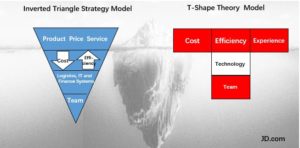
Opening up is the next step for JD’s technologies. The company’s underlining technologies have been opened up as modules, products, platforms and ecosystem to digitally empower society. Zhou pointed out that the long and complete smart logistics chain of that has been built over years are natural and unique advantages enabling JD to connect with all the links, from product design, manufacturing, branding, warehousing, and delivery to customers.
Putting All the Technology Teams “On the Same Chessboard”
In the T-model theory, the team organization lies under technology. In the past, JD’s technological solutions were scattered in different teams that pose challenges on cross-team coordination. How to flexibly put selected services such as logistics, cloud, finance and procurement into an integrated model in serving different customers is JD’s new organizational exploration direction.
Last December, JD restructured its cloud, AI and IoT teams and established the JD Cloud and AI business unit. Shortly after, the JD Technology Committee was set up. This March, JD Cloud & AI was officially launched as a brand. Both the committee and the business unit are headed by Zhou.
One of Zhou’s priorities is to build a Technology-PaaS (Technology platform-as-a-service) as the core of the company’s middle desk capability. The T-PaaS will be shared by all business units across the group.
JD’s Technology Committee is also an effort to put in place a system for a co-built and coordinated organizational structure. The committee is composed of VP-level business leaders and senior technical experts.
“So far we have done a lot of work together on technology, technology products and service, building technology infrastructure and enhancing data sharing value on the company level. Now, all JD’s technologies are on the same chessboard. We have now formed a comprehensive strategy, and are in the process to co-develop shared technologies. The T-PaaS system is helpful for us to reduce and avoid the opportunity to work in silos, or reinvent the wheel, and it turns out to be more efficient in supporting different Business-PaaS.” said Zhou.

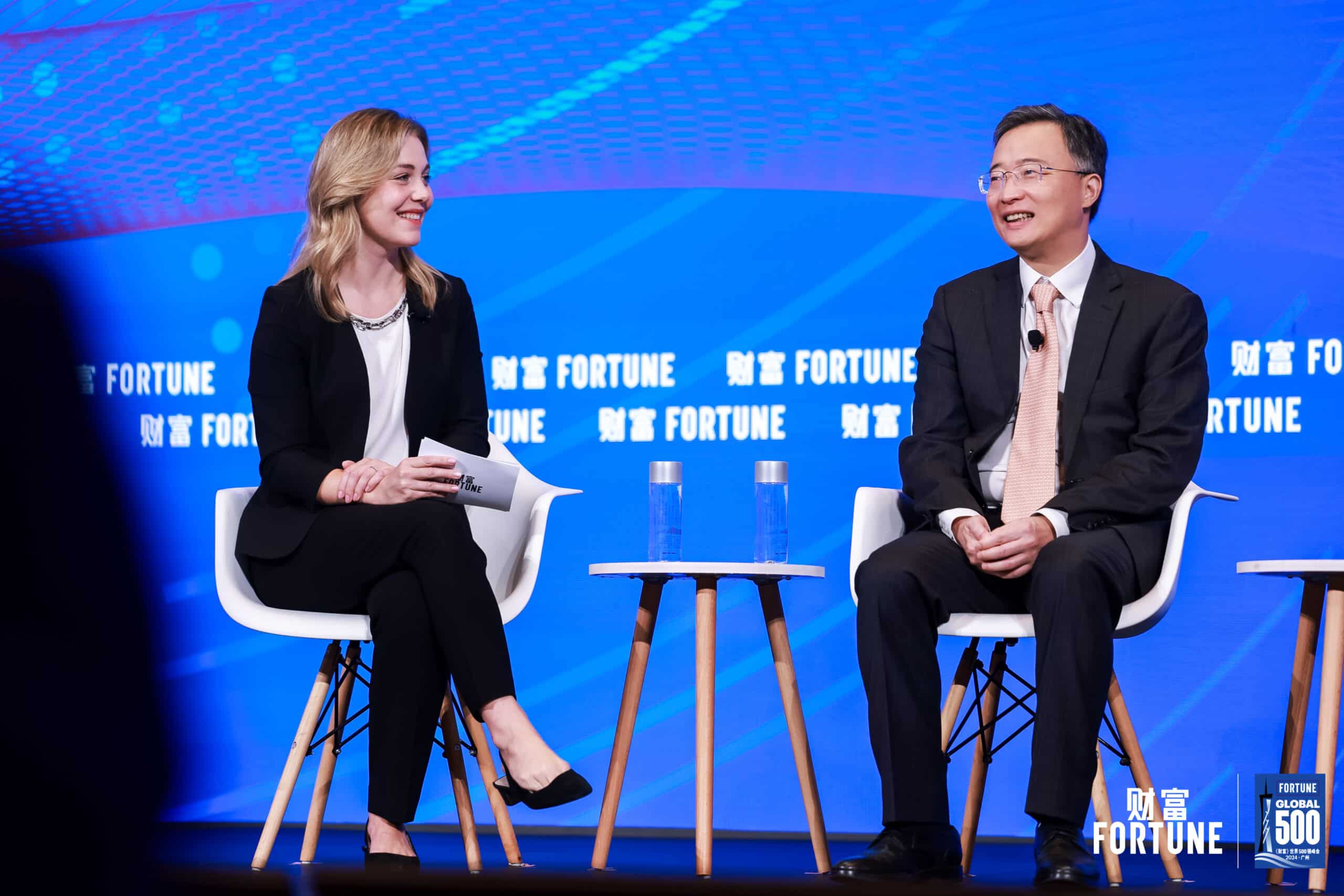

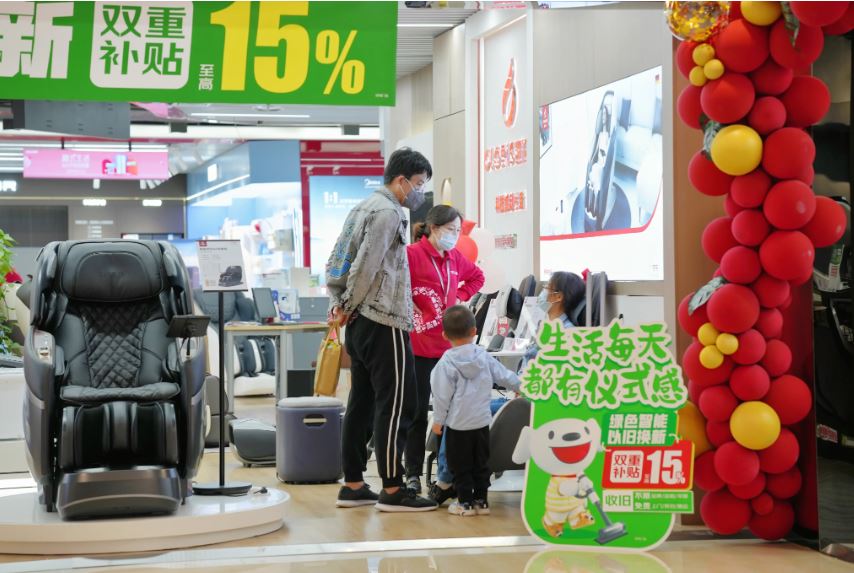


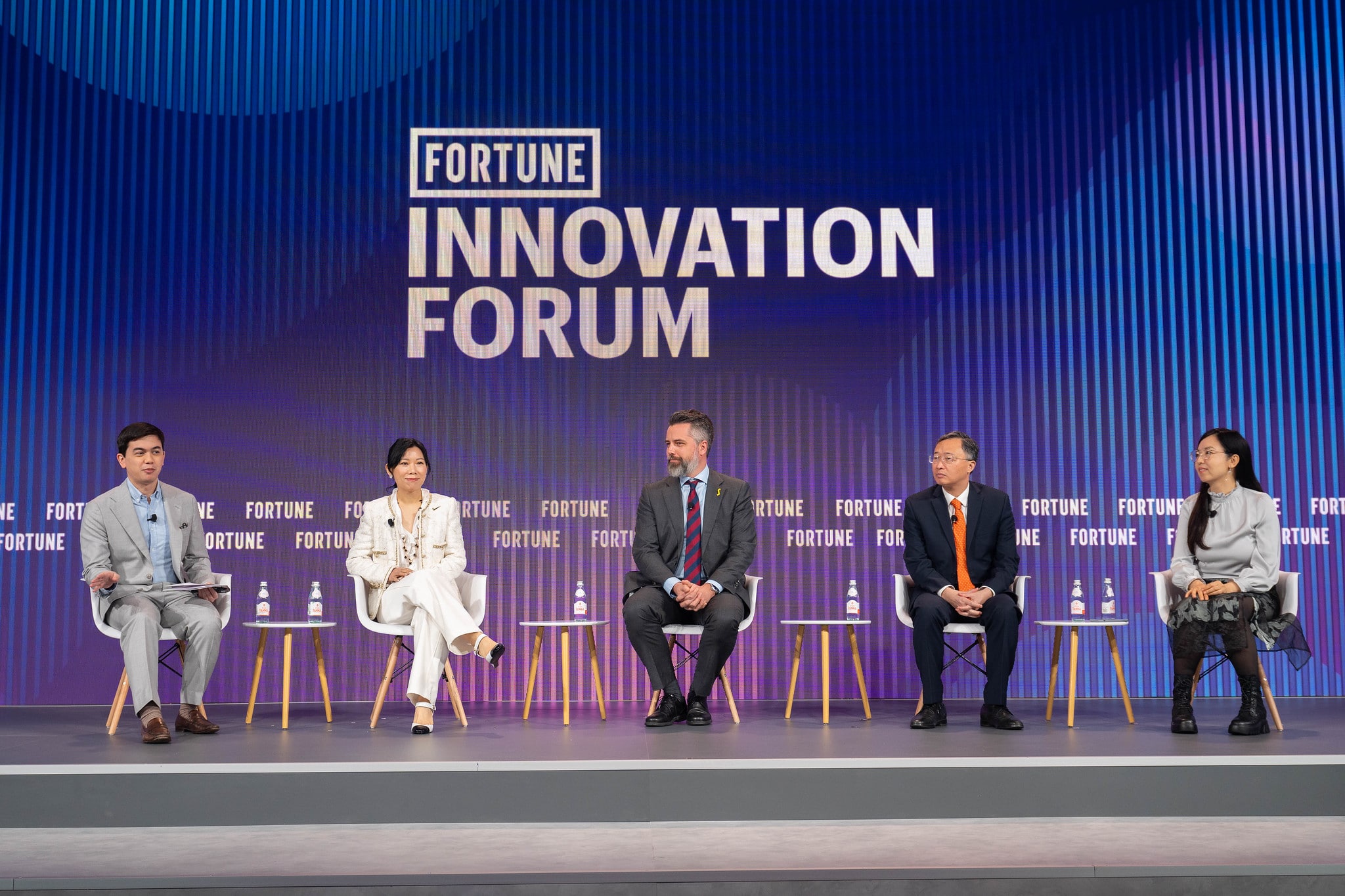
 JD Health and IWF Announce Strategic Cooperation
JD Health and IWF Announce Strategic Cooperation


